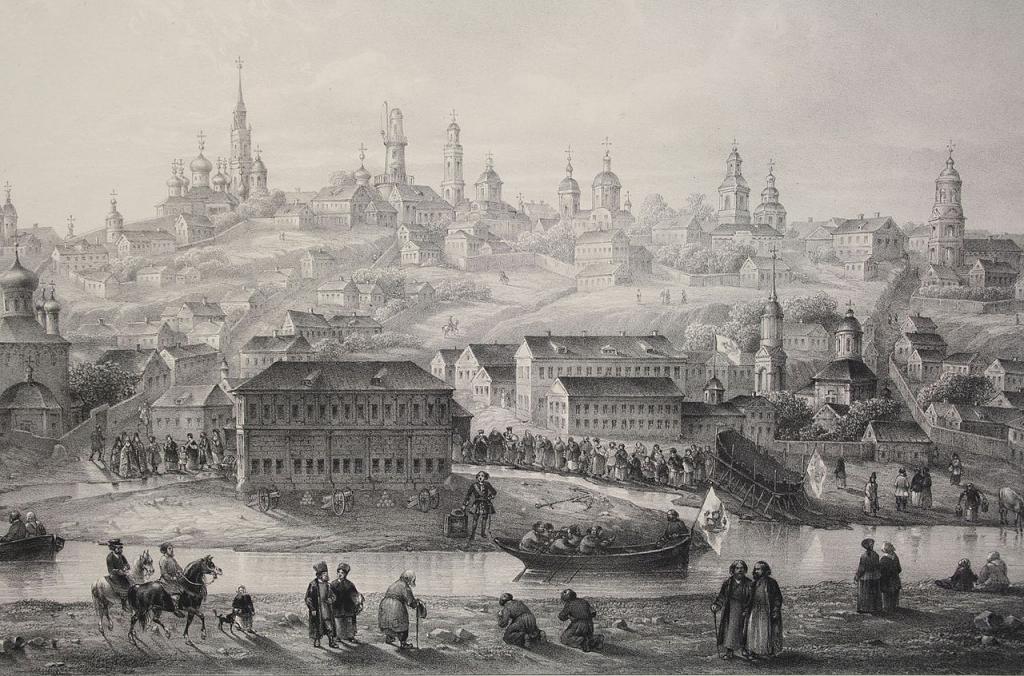Local self-government is such an organization of actions in the state in which the population deals with issues of local importance, based on their interests. The existence of a legal democratic state is impossible in the absence of local government reforms.
In the formation of the Russian state, a significant role was played by reforms that affected local authorities.
In the article, we will analyze in detail the key reforms of local authorities in Russia, their specificity and significance.
Reforms of Peter the Great
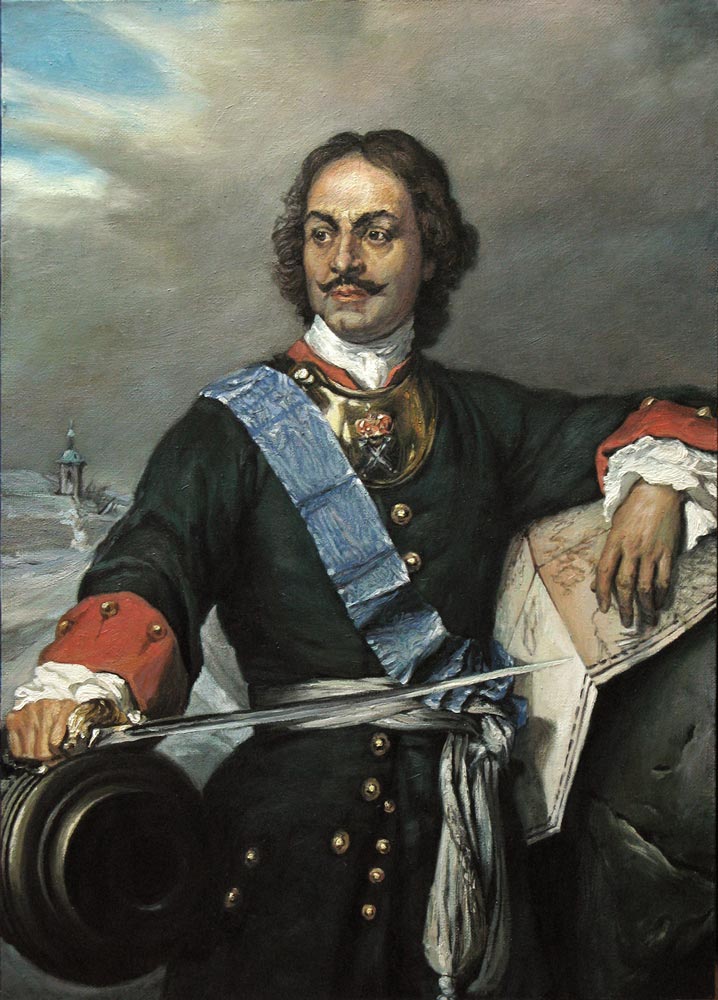
The author of the first reforms of local self-government was Peter the Great, his reformist activity was aimed not only at strengthening the autocracy and military power, but also at the social spheres of society.
Prerequisites for reform:
- During the Great Embassy, Peter I personally saw the European system of administration and took it as the basis for future changes.
- The old system held back the development of the economy.
- It was necessary to strengthen the verticals of power in order to prevent riots.
- There was a Northern war with Sweden, and it was necessary to supply the army with taxes.
Peter the Great created 2 main reforms of local self-government: provincial and city.
Provincial Reform of Peter I
The first stage of the provincial reform began in 1708 and divided the state into provinces. This was done so that taxes from each province could contain the army and navy.
The second stage began after the war - on December 7, 1718, the creation of provinces was approved, which were divided into districts.
Peter I appointed governors who completely controlled the provinces. The administration and governors were appointed by the Senate, and subordinate to the boards. The governor was the head of the province.
City reform of Peter I
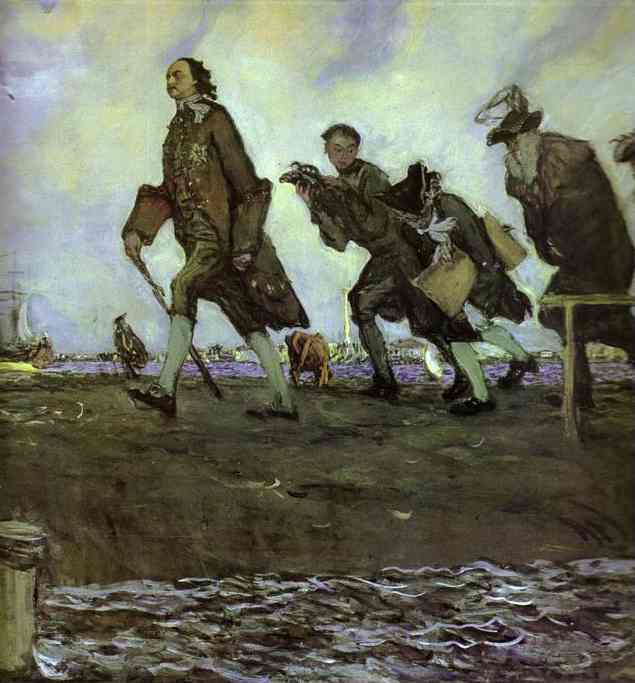
- The population of urban settlements in large cities was subordinate to magistrates, in small towns to town halls.
- The magistrate was in charge of the police, the court, and managed the city economy.
- Magistrates and town halls were subordinate to the Main Magistrate and the Chamber Boards.
- The magistrate did not cancel the elected authorities, but was superior to them.
The existing system was quite stable, changes to it were rarely made.
Society before the reform of Alexander II
The second reformer in the field of local self-government was Alexander II.
After the defeat in the Crimean War, it became obvious that Russia lags far behind the Western countries in almost all areas: in the economy, in military training, in politics and in the social structure of the state. All these factors influenced not only the power of the empire, but also the life of all segments of the population. Political scientists and scientists of that time perfectly understood the imperfection of the foundations of autocratic governance. Society was not just heterogeneous, but there was a huge gap between the lower and upper layers.
The class of the nobility was divided into rich representatives, middle and poor. More than 90% of the nobles were not subject to serfs. Typically, nobles worked in government positions and were directly dependent on the state. Those who owned large tracts of land, respectively, owned many serfs in submission. Therefore, even among the nobles there was a very mixed attitude towards the abolition of serfdom.
The serfs had no civil rights, their life was a real slave life. The serfs were divided into 2 groups:
- Obrochnye peasants - were in a rural community, paid service to their landowner, while they could be hired as labor in cities.The bulk of the quitrent peasants was concentrated in central Russia.
- The corvee peasants - they were so named because they worked on the landlords' lands and paid corvee. Such a system was common in southern Russia.

Prerequisites for Reform
In the XIX century, an event occurred that left a deep mark in the history of the Russian state, serfdom was abolished. This will be discussed.
Towards the middle of the 19th century, a dissonance arose between the development of serfdom and the formation of the capitalist system. These two factors could not coexist in any way, so it was necessary to change something in the social structure.
- Industry grew rapidly, production technologies became more complex. The serfs as workers on the machines were completely inapplicable, sometimes they broke them on purpose.
- There was a need for a permanent workforce in the factories, while the workers had to be skilled.
- After the Crimean War, the backwardness of the country from Western countries became apparent to the whole world and to Russia itself. Russian autocratic power was sharply criticized by European political scientists.
In view of these circumstances, Alexander II did not want to carry out the reform on his own, but decided to follow the western path - to create a special committee.
In 1857, the Secret Committee was created (the country's population did not know about its existence). On November 20 of the same year, a republic was established, which was approved by Alexander II, in it committees of noblemen were selected from each province, who were to take part in the creation of the reform.
During the discussions, the main problem emerged: to let the peasants without land or to allocate an allotment? The nobles who did not have land in their possession wanted to free the peasants with the land, while the landowners were categorically against this. The compromise was as follows: free peasants with a small amount of land for a cash ransom.
The reform of 1861 on the abolition of serfdom was carried out, then for the further improvement of the state it was necessary to carry out reforms of local self-government.
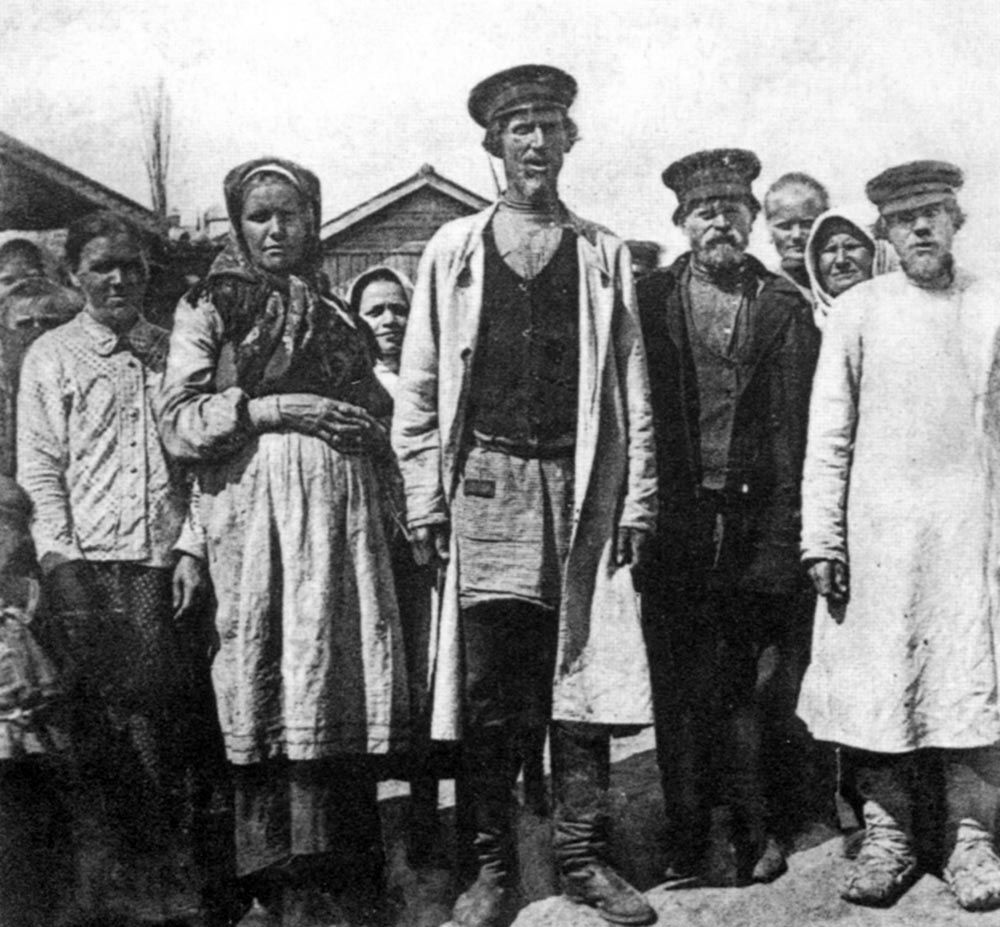
Reorganization of the public administration system
The abolition of serfdom caused the need for the following reforms:
- Zemstvo reform;
- urban reform;
- judicial reform;
- army and navy reform;
- educational reform.
These reforms were not carried out all at once, but sequentially.
More details about each next.
Zemsky reform of Alexander II
In 1864, the first Zemstvo reform of local self-government was carried out. January 1 was published and approved by the king "Regulation on the provincial and district zemstvo institutions."
In accordance with the situation in counties and provinces, the following were created:
- executive authorities - county and provincial governments;
- administrative authorities - county and provincial zemstvo meetings.
Both types of local governments were elected for a period of 3 years.
Elections were based on property qualifications. Voters were divided into three curiae:
- County landowners who owned at least 200 acres of land or real estate worth at least 15 thousand rubles. This category was represented by the landlords and the merchant bourgeois.
- City voters are merchants of three guilds, owners of real estate in the city, owners of trade or factory enterprises.
- Elected voters from rural communities - for this curia, the elections were multi-stage, did not imply the existence of a property qualification. The rural gathering selected the representatives for the volost gathering, the volost gathering elected the electors, then the electors chose the vowels of the county zemstvo assembly. This curia was created by the government so that the rich and reliable peasants could be present in zemstvos.
In the reform of local self-government in 1864, the zemstvos performed the functions of cultural and economic activity: they organized medical care in the village, studied at schools, kept statistics, and were engaged in postal work. For all these works, Zemstvos hired workers, doctors, teachers, educators and others.
To finance this activity, there were zemstvo fees, which amounted to 1% of the income of land and industrial enterprises.
With a large number of powers, the activity of the zemstvos was quite limited: the zemstvos could not interfere in political affairs. The chairmen of the zemstvos were dependent on the orders and orders of the governor. The governor and the Minister of the Interior could intervene in any issues decided by the zemstvos, and even change the decisions of the chairmen.
Despite this, the zemstvos in the reform of local self-government increased the activity of the population in public matters.
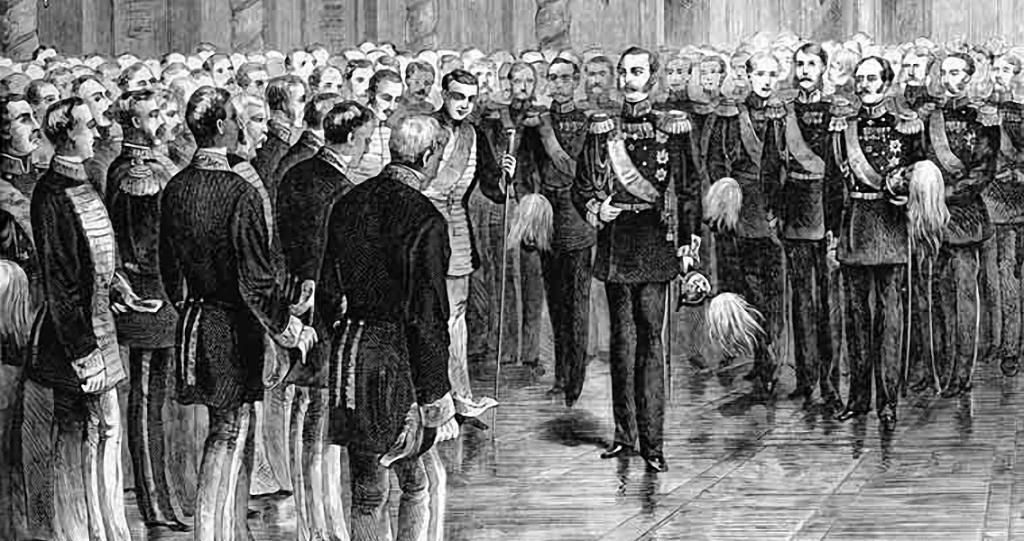
City reform of Alexander II
On June 16, 1870, the “City Position” introduced local government in 508 cities of Russia.
According to the city reform of local self-government, a regulatory body was established - the city council, which was elected for a term of 4 years. The City Duma elected the city council for the same term. At the head of the city council was the city head.
Only representatives of the stronger sex from 25 years old, who had property in their possession, could be elected to the bodies of city self-government. Voters were divided into three curiae.
Judicial Reform of Alexander II
On November 20, 1864, the king approved new judicial statutes; it was then that completely different principles of judicial procedure were introduced. Now the activities of the court did not depend on the local administration, the principle of the irremovability of judges and investigators was in effect, all citizens were equal before the law, the process became public.
The court was divided into crown and world. This system was copied from European courts, which put Russian legal proceedings on a par with world courts.
The highest judicial body was the Senate, which had the right of appeal; its decisions were binding on the District Court of Justice - the lower court. The key link in the legal proceedings is the Provincial District Court, which dealt with the proceedings at the local level.
Minor criminal proceedings in cities were dealt with in the World Court, which consisted only of a judge.
Judicial reform resolved the issue of corporal punishment: they were canceled, the only exception was the Volost Peasant Court.
Military reform of Alexander II
D.A. Milyutin, who served as Minister of War, was engaged in military reform. Military innovations were carried out in three areas:
- The process of training in military schools was divided into three levels: first, students entered a military gymnasium, then from there they could go to a military school, and then to get a higher education at a military academy.
- The new system of manning the army - the country was divided into 15 military districts, established a general military service (since 1874), which concerned men who had reached 20 years, the service life was 15 years.
- The army was reequipped - rifled weapons arrived instead of a smoothbore. The strengthening of the army steam fleet began.
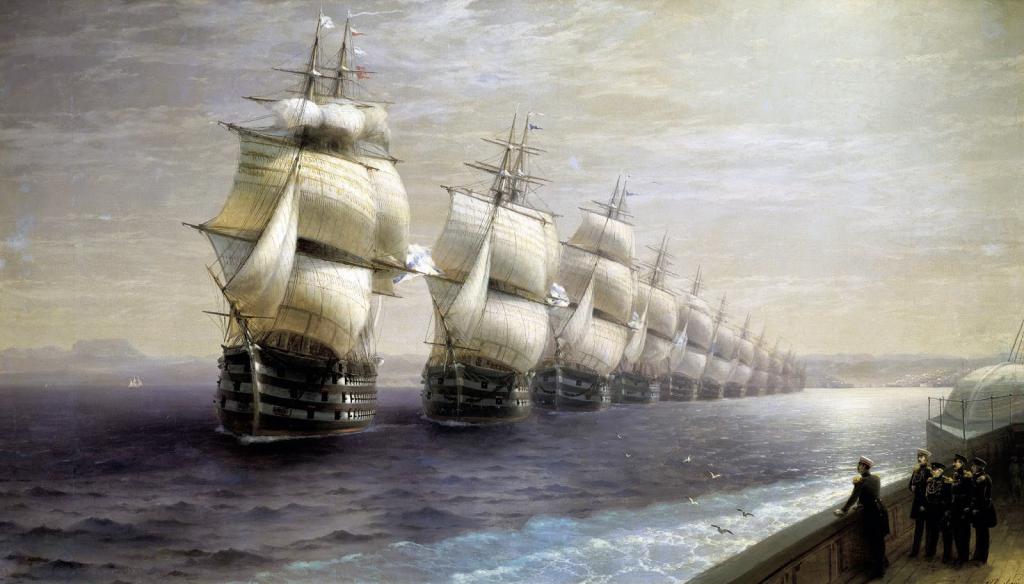
Education Reform of Alexander II
- Reform of primary education. There was a right to open primary schools to both government bodies and private individuals. The training program included training in reading, arithmetic and writing. Church singing was also studied.
- Reform of secondary education. In 1864, the Charter of Gymnasiums and Gymnasiums was approved. Grammar schools were classical and real, the term of study was 7 years. Classical gymnasiums studied the humanities, and real - mathematical disciplines. Gymnasiums are four-year schools, their graduates could start studying in the classical gymnasium from the 5th grade.
- Reform of higher education.In 1863, the University Charter was created, according to which 4 faculties were organized at universities: mathematics, law, history and medicine.
The results of the reforms of Alexander II
The year 1864 can be considered the year of reform of local self-government, because it was then that the largest number of reforms was carried out.
Reforms of the mid-19th century are called “great reforms,” because they affected all spheres of life: the economy, local government, the army, and educational institutions. It was Alexander II who laid the foundation for the development of capitalist society in Russia. The essence of the reforms of local self-government was to achieve the level of development of Western countries.
Changes in different areas did not affect the political structure: the state system did not change, the principles of governance remained unchanged. The political regime and form of government have not been innovated either.
As a result of the reforms of local self-government, social relations still remained at the level of the feudal era; this is the main dissonance of the reforms of the mid-19th century.
Reforms in the Russian Federation
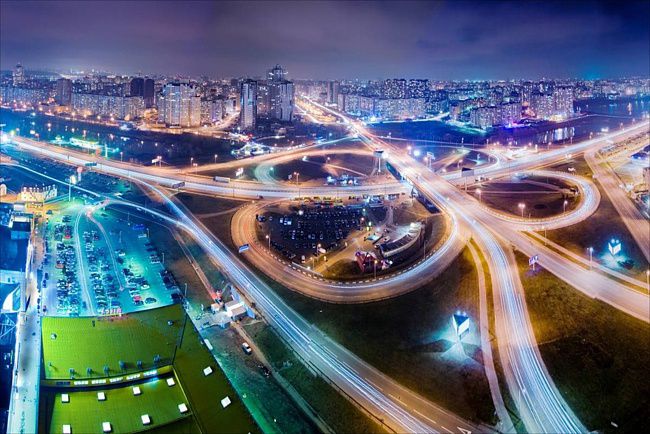
Reforms of local self-government in the Russian Federation also take place.
The new Constitution of the Russian Federation (1993) recognized the existence of local governments at the legislative level. The Constitution singled out local governments as an independent unit of power.
On October 6, 2003, the federal law "On General Principles of the Organization of Local Self-Government in the Russian Federation" was adopted, which established new principles for the organization of local government. These reforms of local self-government in Russia are still ongoing.
